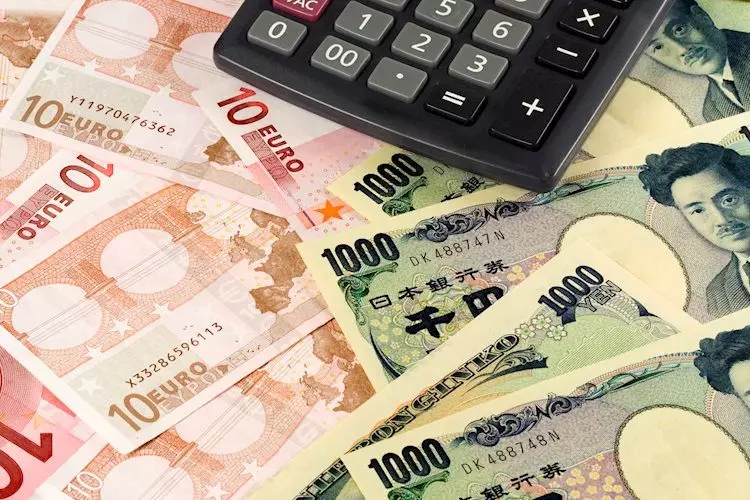The EUR/JPY pair has experienced a downward trend for the second consecutive day, hitting a one-month low. This decline can be attributed to several factors, including a softer risk tone, speculation about a rate hike by the Bank of Japan (BoJ), and dovish expectations regarding the European Central Bank (ECB). These elements have combined to create a bearish sentiment surrounding the currency pair.
The overall risk tone in the market has played a significant role in boosting the Japanese Yen (JPY) and putting pressure on the EUR/JPY cross. Investors have become cautious in light of the upcoming release of US consumer inflation figures, which could influence the Federal Reserve’s rate-cut path. This caution has led to a shift towards safe-haven assets, such as the JPY, causing a decline in the EUR/JPY pair.
Comments made by Bank of Japan (BoJ) board member Junko Nagakawa, suggesting a potential adjustment in monetary policy if economic conditions warrant it, have added to the strength of the JPY. Despite concerns about negative real interest rates, the BoJ remains committed to maintaining accommodative monetary conditions. This stance has further bolstered the JPY and contributed to the downward pressure on the EUR/JPY pair.
Dovish ECB Expectations
In contrast to the BoJ’s stance, the European Central Bank (ECB) is expected to lower rates at its upcoming meeting. Declining inflation in the Eurozone has fueled expectations of additional monetary easing measures by the ECB. This dovish outlook has further weighed on the EUR/JPY pair, reinforcing the bearish sentiment in the market.
Market Response to Economic Data
Despite negative economic indicators, such as a drop in business confidence among Japanese manufacturers and non-manufacturers, the JPY has remained resilient. This resilience has failed to provide support to the EUR/JPY pair, underscoring the prevailing bearish bias among traders. The lack of positive market response to economic data highlights the dominant influence of external factors on currency valuations.
The decline of the EUR/JPY pair can be attributed to a combination of risk sentiment, speculation surrounding BoJ rate hikes, and dovish expectations regarding ECB policy. As the market awaits key economic data releases, such as US consumer inflation figures and the ECB meeting, the outlook for the EUR/JPY pair remains bearish. Traders are advised to exercise caution and closely monitor developments in the market to navigate the current volatility in currency markets effectively.


Leave a Reply